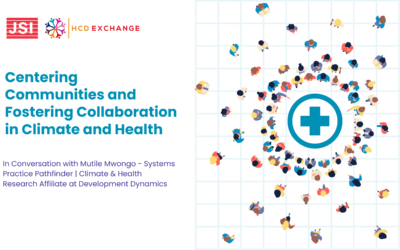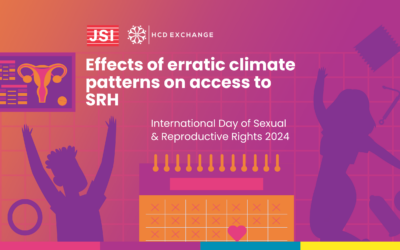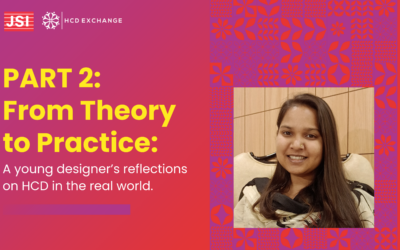The HCDExchange is thrilled to launch a new resource that describes how HCD has been applied to integrate youth in AYSRH programming. This brief is based on a landscape analysis conducted to understand how meaningful youth engagement is practiced in HCD+AYSRH and the benefit of applying design in these programs. The brief highlights how increasing youth engagement has the potential to create programs that meet the needs and preferences of young people, which can ultimately result in better outcomes.
Centering Communities and Fostering Collaboration in Climate and Health
In Conversation with Mutile Mwongo – Systems Practice Pathfinder | Climate & Health Research Affiliate at Development Dynamics.




